商業設計 | 香港知名高端日式鐵板燒 Hana Sakazuki Teppanyaki Restaurant
Greyscale undertook a project for a renowned high-end Japanese Teppanyaki restaurant with an 18-year history. The goal was to create an immersive dining experience inspired by the 14th-century Japanese Classical Dance Theatre Noh. The design features a spacious dining area with five separate rooms, each with a Teppanyaki grill facing the guests. The restaurant can accommodate up to 50 guests, offering an engaging dining experience that combines culinary excellence with theatrical elements, creating a unique atmosphere for diners.
The client, a renowned high-end Japanese Teppanyaki restaurant with an impressive 18-year history, approached Greyscale with a clear vision for their new dining space. They wanted a design that would reflect their commitment to creating an experiential dining environment for their guests, showcasing the artistry and skill of Teppanyaki cooking while providing a sense of privacy and intimacy for diners. The key objectives of the project were to design five separate dining rooms, each featuring a Teppanyaki grill that directly faces the guests, allowing them to fully engage with the chef’s performance. The layout also needed to include essential restaurant elements such as a central kitchen, a drinks bar, a cashier, and toilets, all while maintaining a sense of elegance and refinement. Greyscale’s task was to bring this vision to life, creating a space that would immerse guests in a unique dining experience, combining the theatre of Teppanyaki cooking with the elegance and sophistication of traditional Japanese design elements. The project required a careful balance of functionality, aesthetics, and cultural authenticity to create a truly memorable dining experience. The project addressed several pain points in the dining experience, such as the lack of privacy, limited engagement with the chef, and an inconsistent ambiance.
The innovative design tackles these issues by creating separate dining rooms, each with a Teppanyaki grill facing the guests. The new layout ensures that each guest has a clear view of the chef’s performance allowing for a more intimate and interactive experience. The design also incorporates elements of the 14th-century Japanese Classical Dance Theatre Noh, creating a unique and immersive atmosphere that transports guests to another era. The use of traditional Japanese design elements adds depth and authenticity to the experience. By addressing the pain points and infusing the space with cultural significance, the design creates a truly innovative and memorable dining experience that sets the restaurant apart from its competitors. One of the primary design challenges was to create a balance between the traditional Japanese theatre elements and the modern Teppanyaki dining experience. The designers had to carefully select materials and finishes that would complement the Teppanyaki grills while providing a refined and elegant atmosphere. The use of contrasting materials in the reception area required a delicate balance to create a striking visual impact without overwhelming the space.
Another challenge was to ensure that the design provided privacy for guests while maintaining a visual connection to the captivating performance of the chefs. The separate dining rooms needed to be arranged in a way that allowed for intimacy and comfort while still offering a clear view of the Teppanyaki grills. The designers had to carefully consider the layout and positioning of each element to create a smooth and immersive dining experience for the guests. The design of this high-end Japanese Teppanyaki restaurant prioritizes sustainability through the thoughtful selection of materials and the emphasis on preserving cultural heritage. The use of natural materials, such as timber and stone, is a key aspect of the design’s sustainable approach. The designers carefully sourced these materials from responsible suppliers to ensure that they were harvested and processed in an environmentally friendly manner. By incorporating these natural elements into the design, the restaurant not only reduces its environmental impact but also creates a warm and inviting atmosphere that connects guests with nature. In addition to the sustainable sourcing of materials, the design focuses on cultural sustainability by honoring traditional Japanese design principles. This commitment to cultural sustainability aligns with the restaurant’s 18-year history of serving the city’s finest cuisine and ensures that the traditions and techniques of Teppanyaki cuisine will be preserved for future generations.
Greyscale 承接了一項來自擁有十八年歷史的知名高端日本鐵板燒餐廳的設計專案,目標是打造一種靈感源自十四世紀日本古典舞蹈劇場——能劇的沉浸式用餐體驗。整體空間設計強調寬敞與尊貴,共規劃五間獨立用餐空間,每間皆設有面向客人的鐵板燒烤架,最多可容納五十位客人,營造出將料理精髓與戲劇氛圍結合的獨特場域。這間餐廳提出對新空間明確的願景,希望設計能充分體現其對體驗式餐飲的承諾,展示鐵板燒的藝術與技巧,同時為食客保留私密與親切感。設計核心在於打造五個獨立包廂,每一間都設置可近距離觀賞廚藝表演的鐵板燒烤架,並兼顧中央廚房、酒吧、收銀區與衛生間等基本設施的安排,在機能與高雅氛圍之間取得完美平衡。
Greyscale 的任務,是將這份願景轉化為真實可感的場域,融合傳統日式美學與現代餐飲需求,打造一個能讓賓客沉浸於料理與文化共鳴之中的場景。整體設計回應了高端鐵板燒餐廳常見的痛點,包括隱私不足、與廚師互動有限、氛圍缺乏一致性等問題,並以創新手法一一破解。透過每間獨立包廂的規劃與面向客席的鐵板燒烤架設置,空間得以提供更緊密且具參與感的用餐體驗。設計引入能劇的視覺與空間語彙,營造出跨越時空的氛圍,讓人彷彿置身另一個時代。傳統日本設計語彙的運用,為空間注入層次與文化深度,使體驗更具真實感與記憶點,讓餐廳在眾多競爭者中脫穎而出。
設計過程中的一大挑戰,是如何在傳統日本戲劇美學與現代鐵板燒用餐模式間取得精準平衡。材質與飾面的選擇需與烹飪設備協調呼應,同時維持整體空間的典雅格調。接待區的設計亦著重材質對比的巧妙運用,在不顯擁擠的前提下創造強烈視覺焦點。另一挑戰是如何在維持隱私的同時,保有賓客與廚師之間的視覺連結。包廂的布局必須兼顧觀賞性與舒適感,讓賓客得以自在地觀賞廚師的精彩演出。每個細節的設計與配置都經過深思熟慮,確保整體動線流暢,並使整體用餐體驗更加沉浸而流暢。
在材料選用與設計理念上,Greyscale 同樣重視永續性與文化傳承。設計大量使用天然木材與石材,並嚴選來自負責任供應商的資源,確保材料的環保來源與加工方式。這些自然元素的融入,不僅降低了對環境的影響,也為餐廳帶來溫暖而自然的氛圍,讓賓客能感受到與自然的連結。除了環境永續,設計也高度重視文化永續。透過尊重並延續日本傳統設計原則,這份對文化的敬意與延續性,正是這家餐廳十八年來對美食與精神傳統所堅守的核心。這樣的理念不僅提升了用餐的文化深度,也確保鐵板燒藝術與其所承載的文化價值,能被未來一代持續感受與珍視。
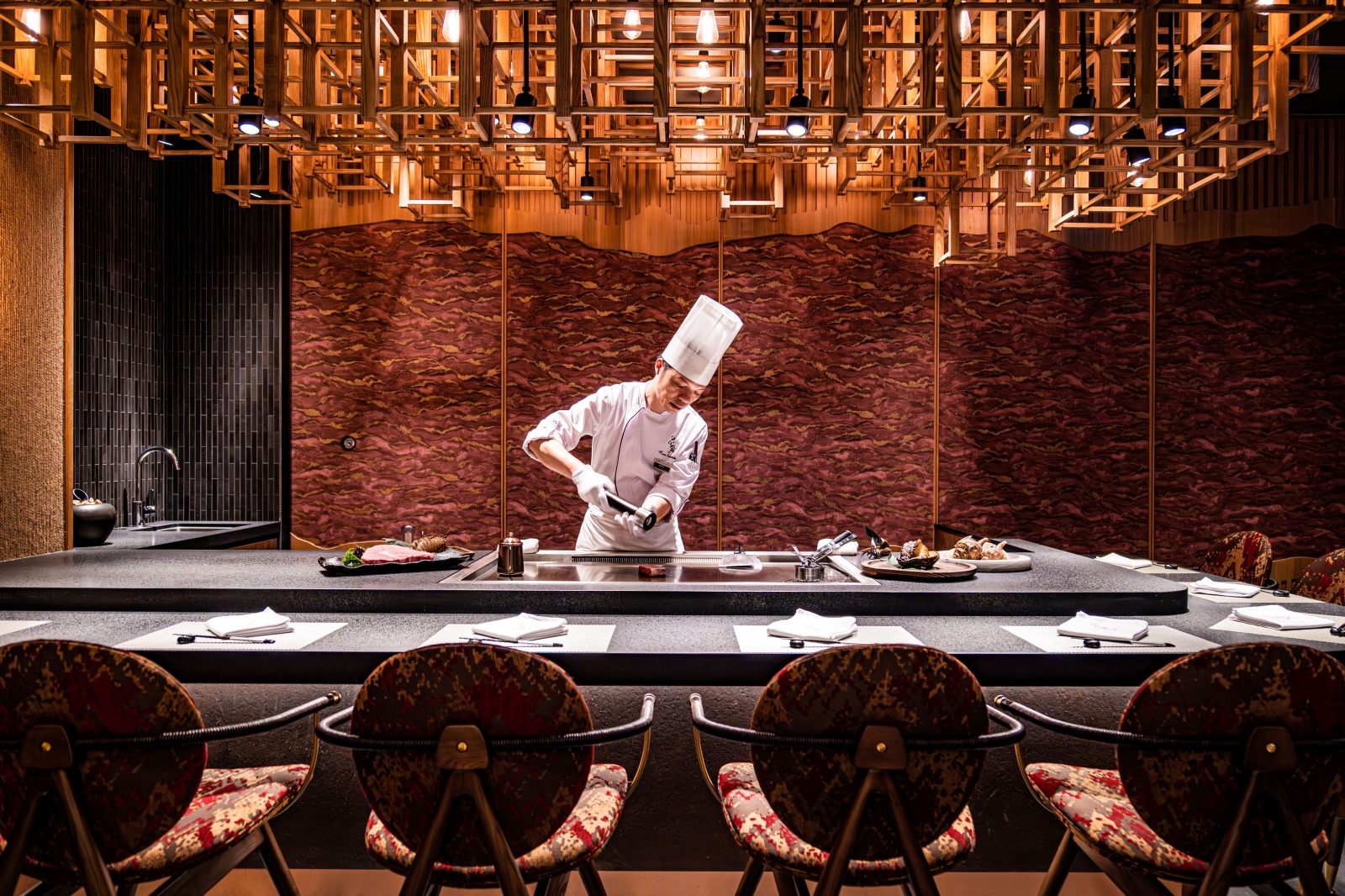
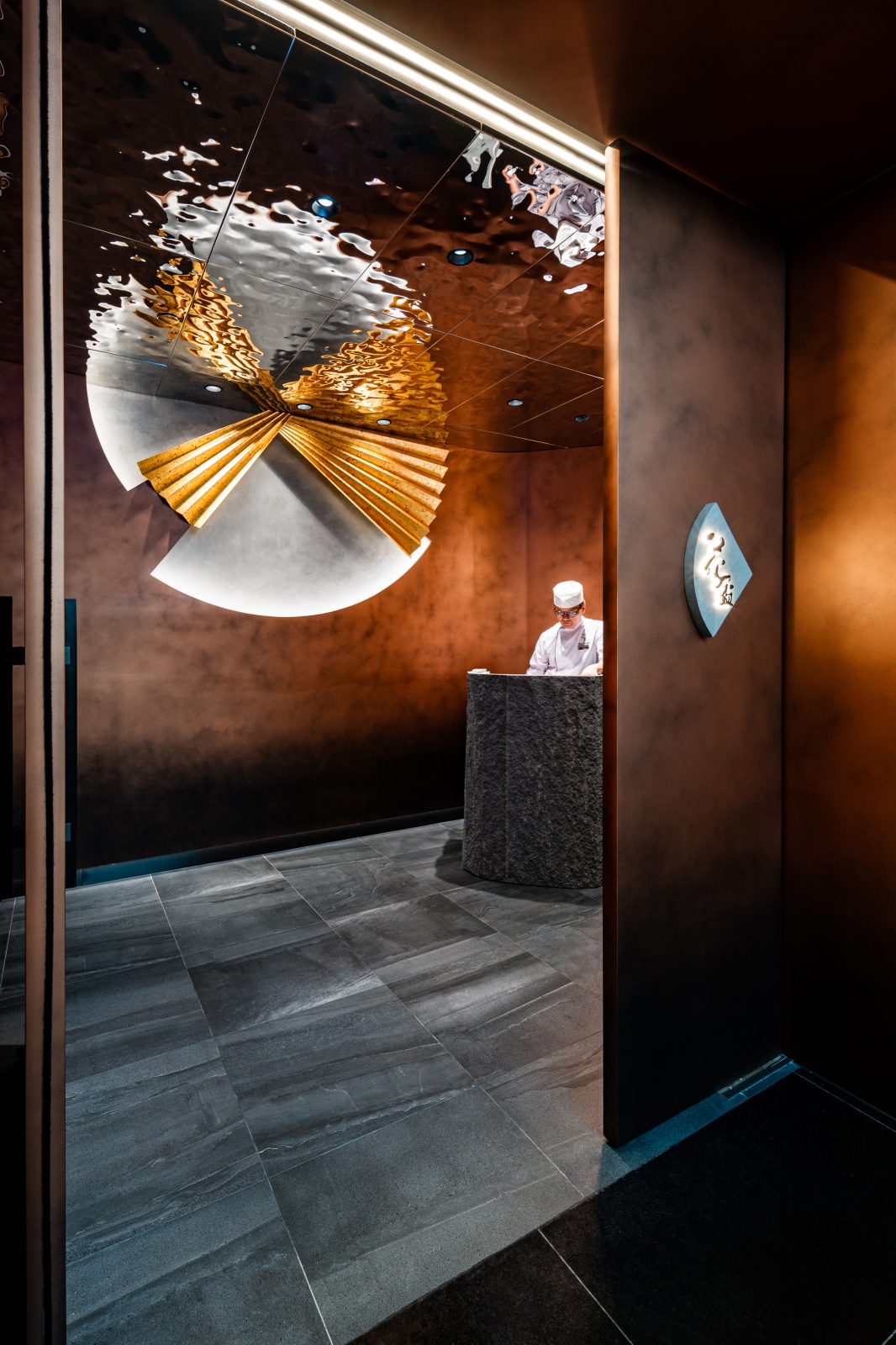
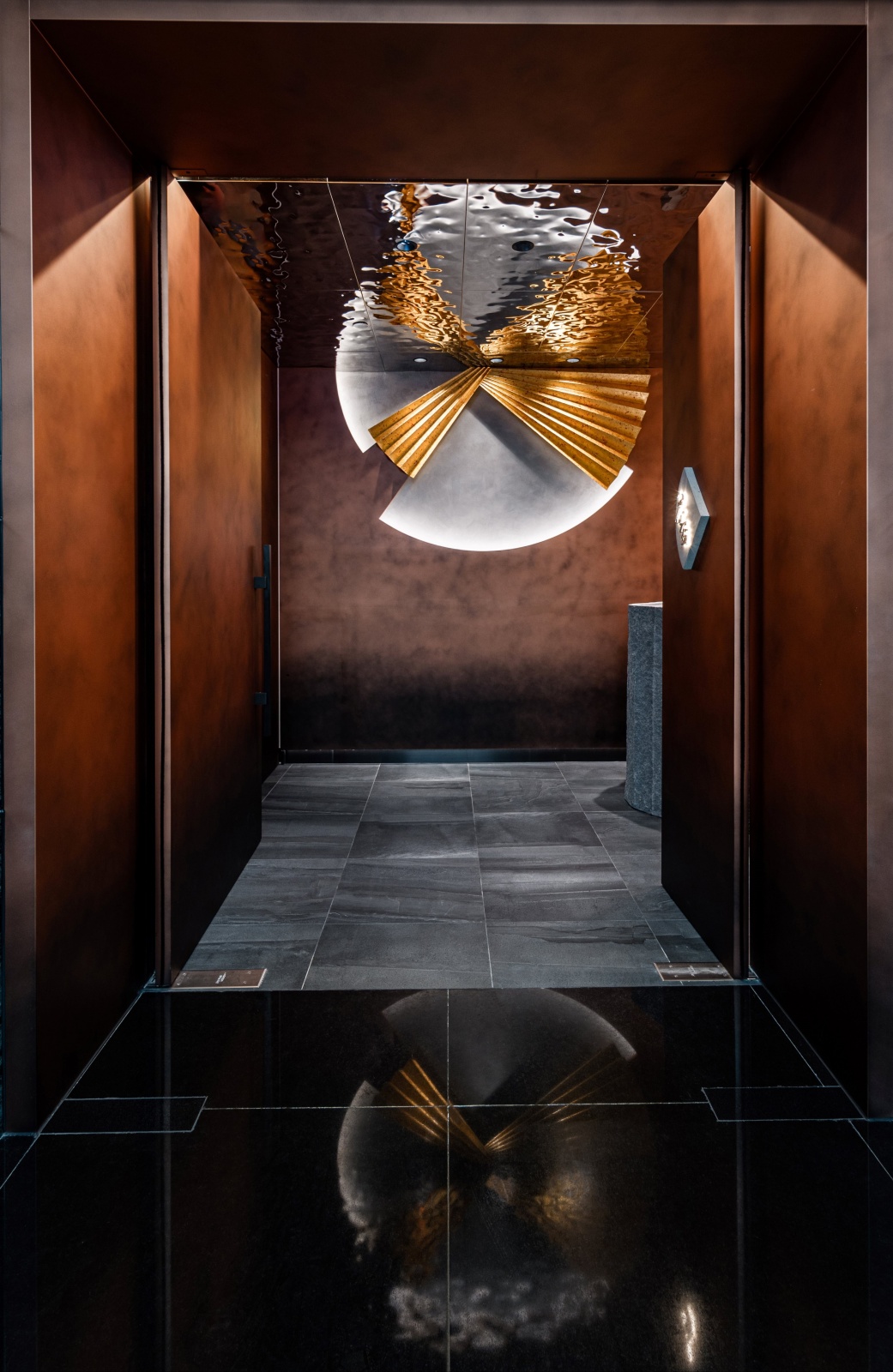
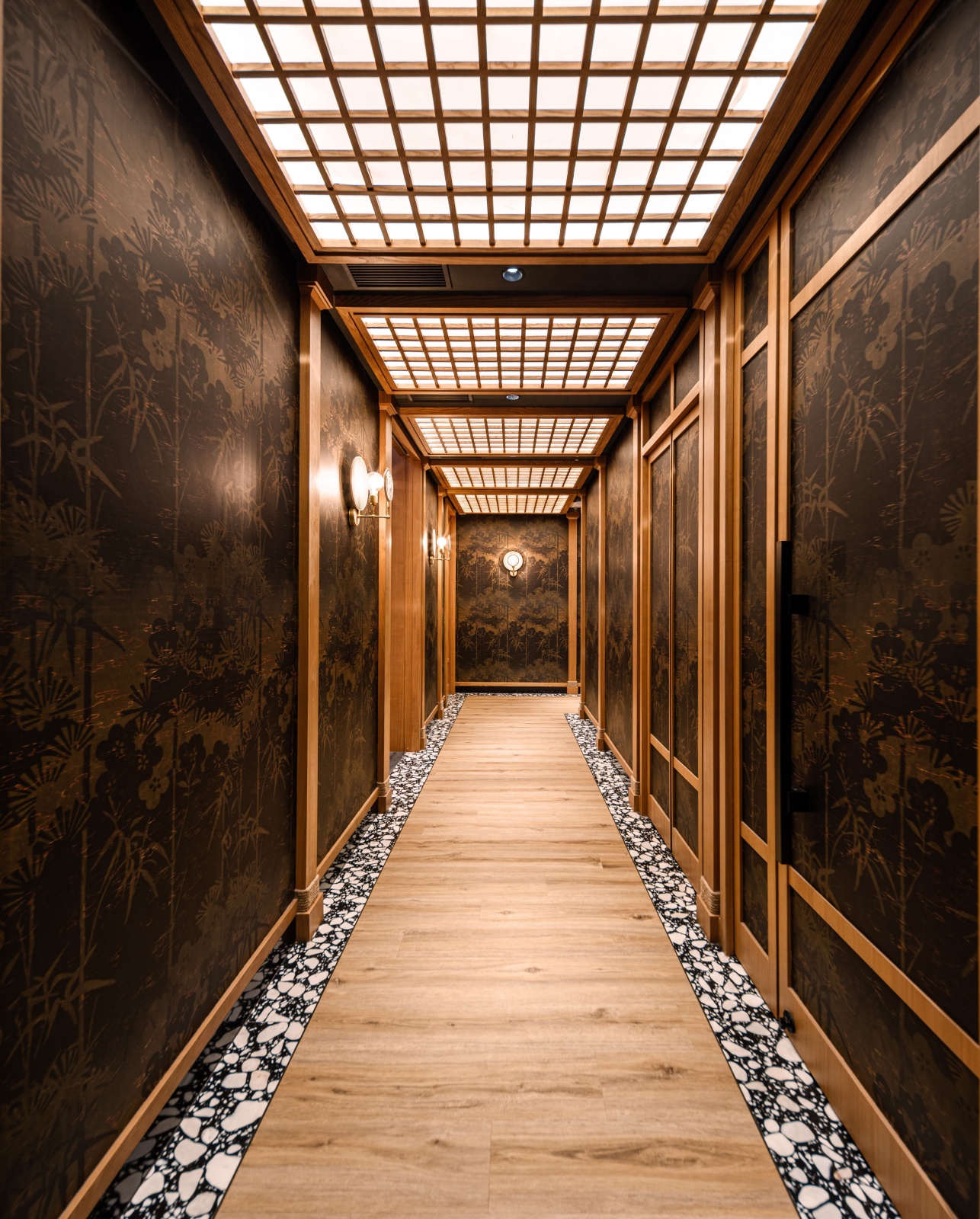
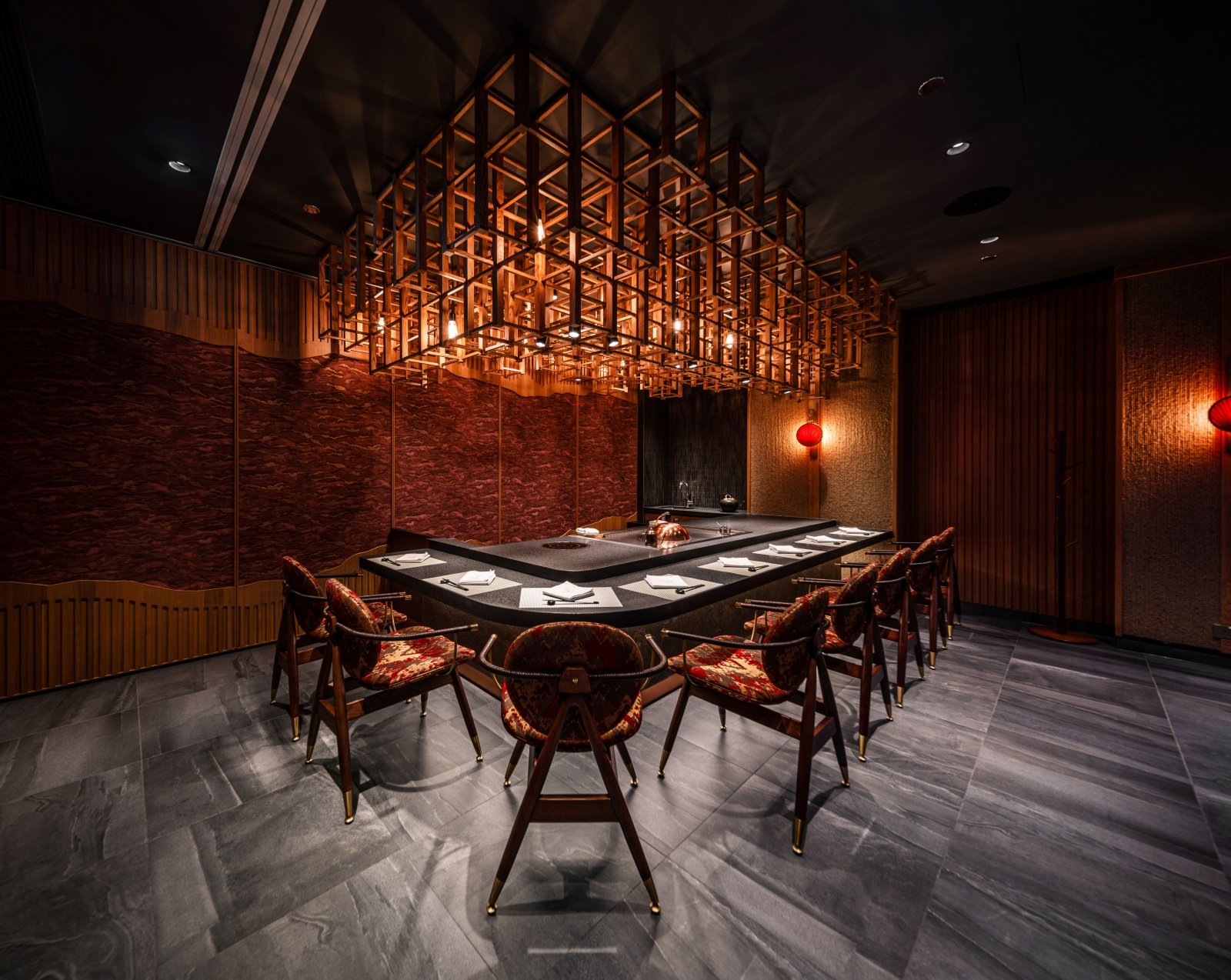
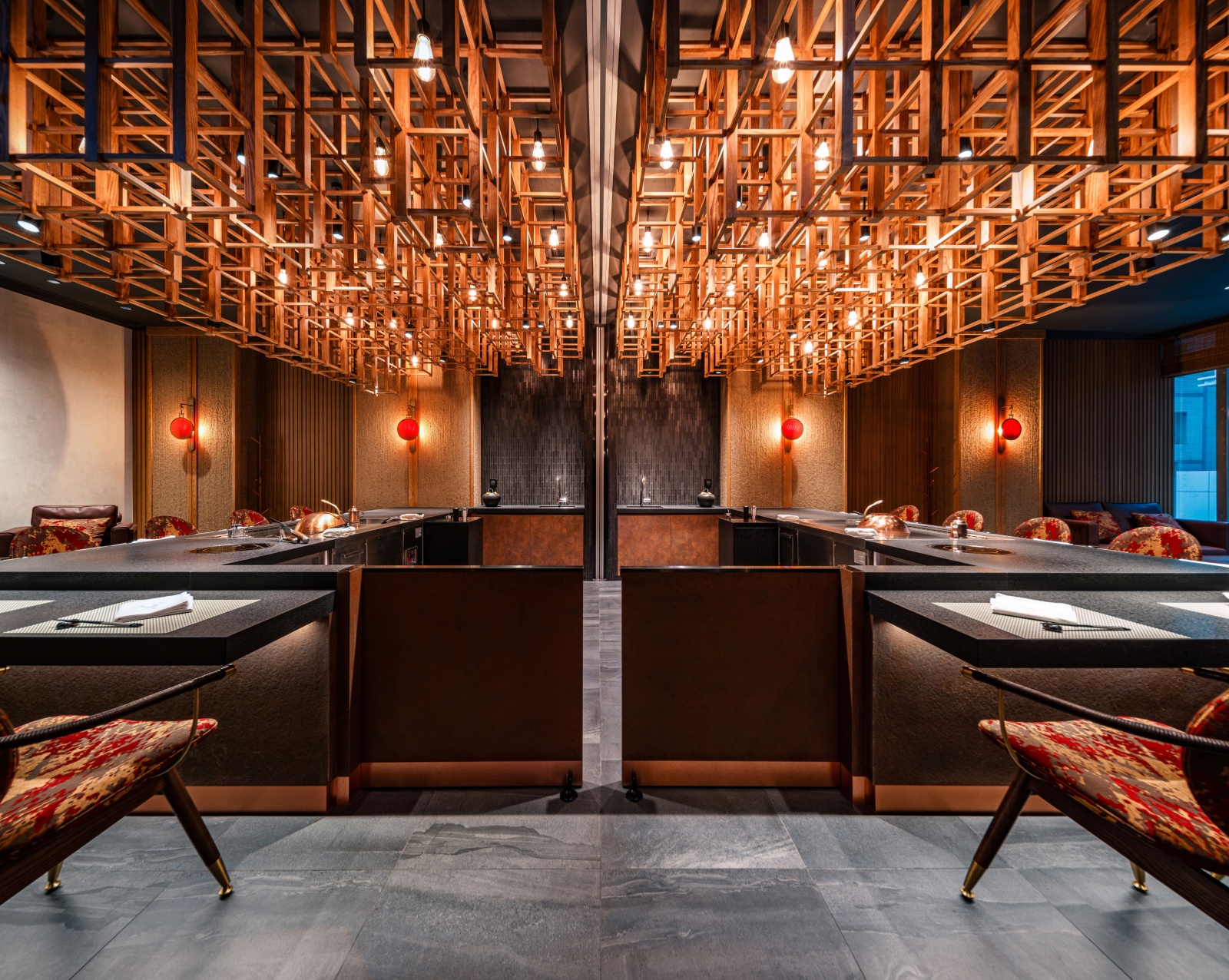
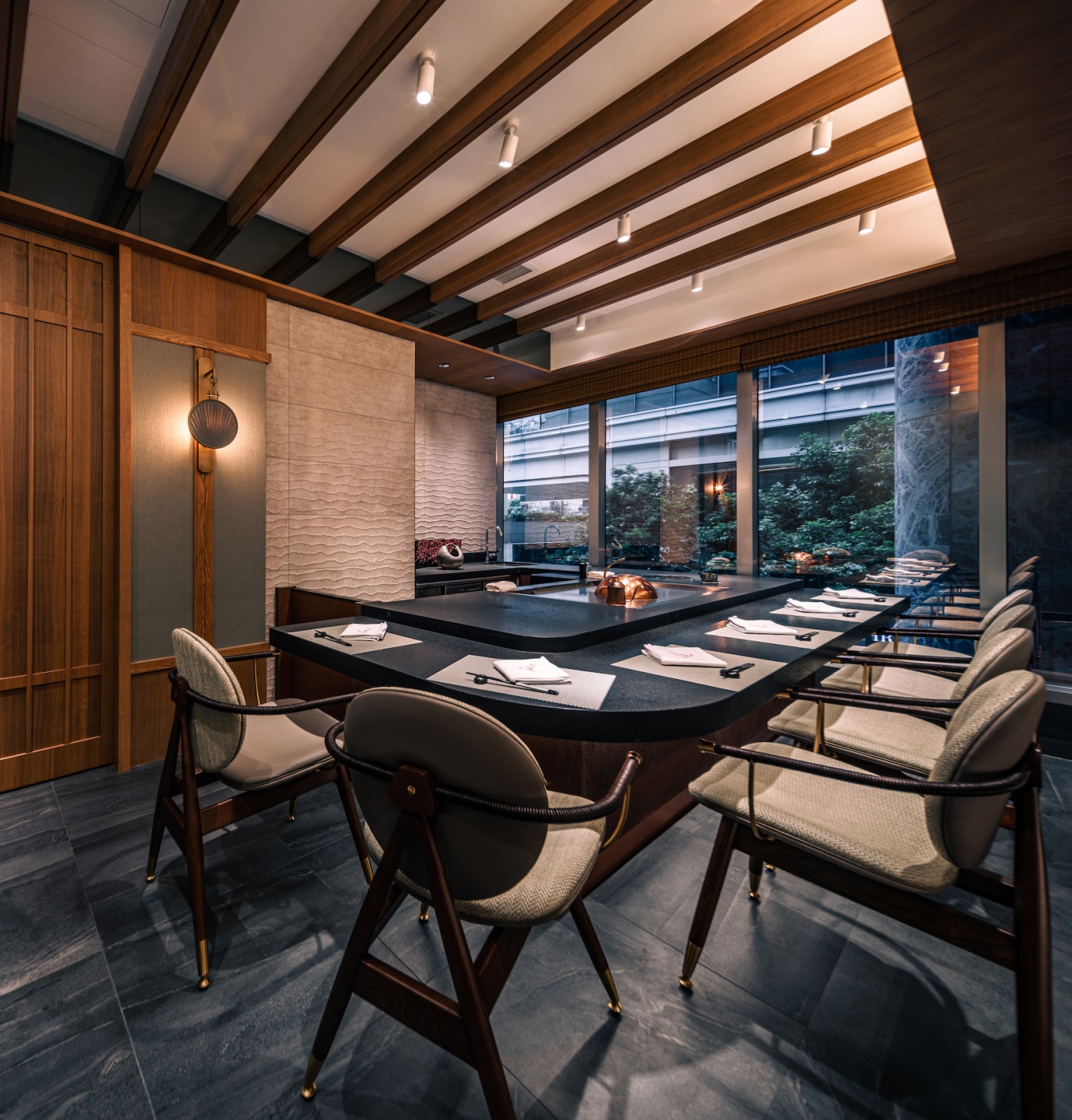
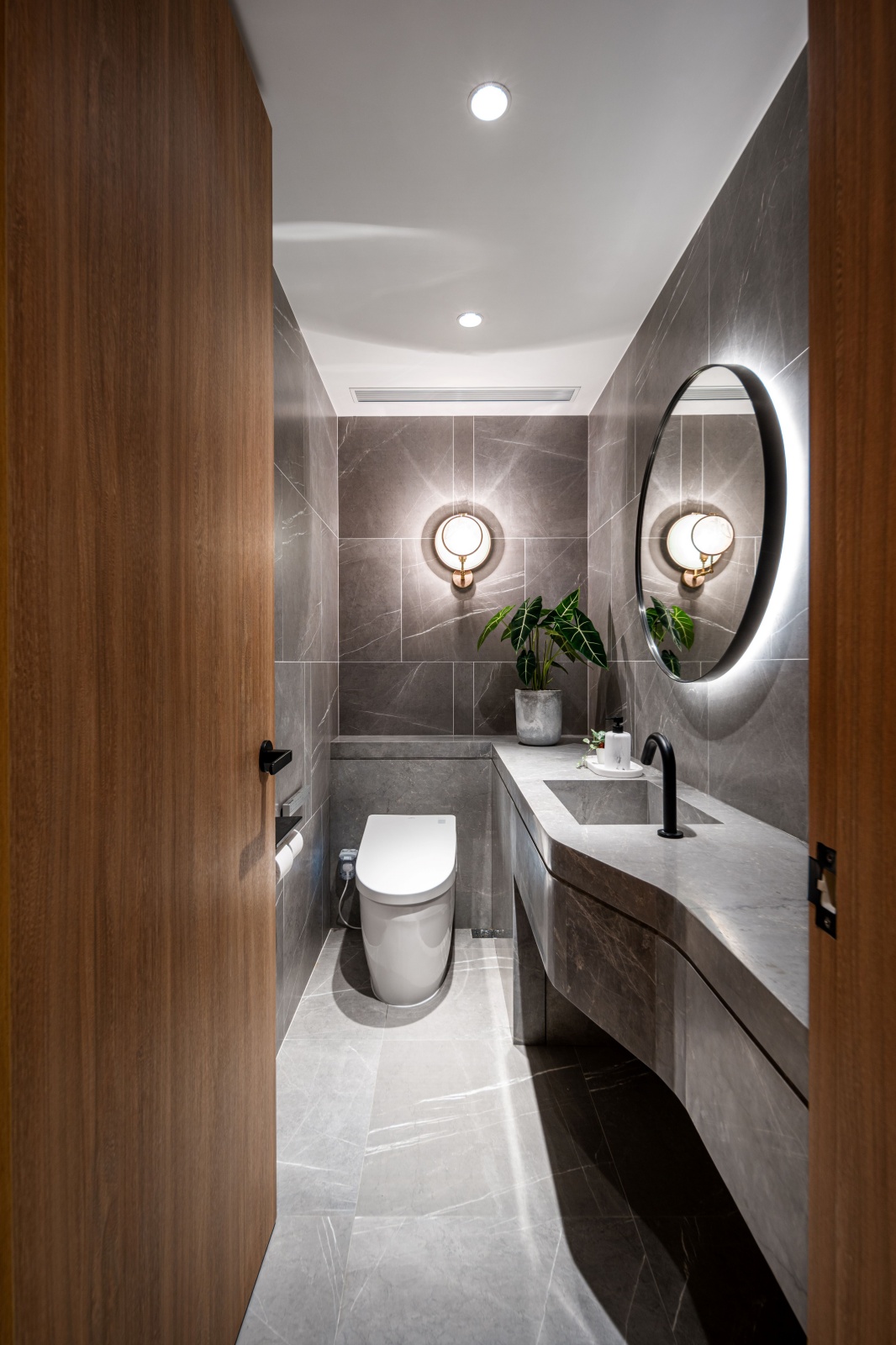

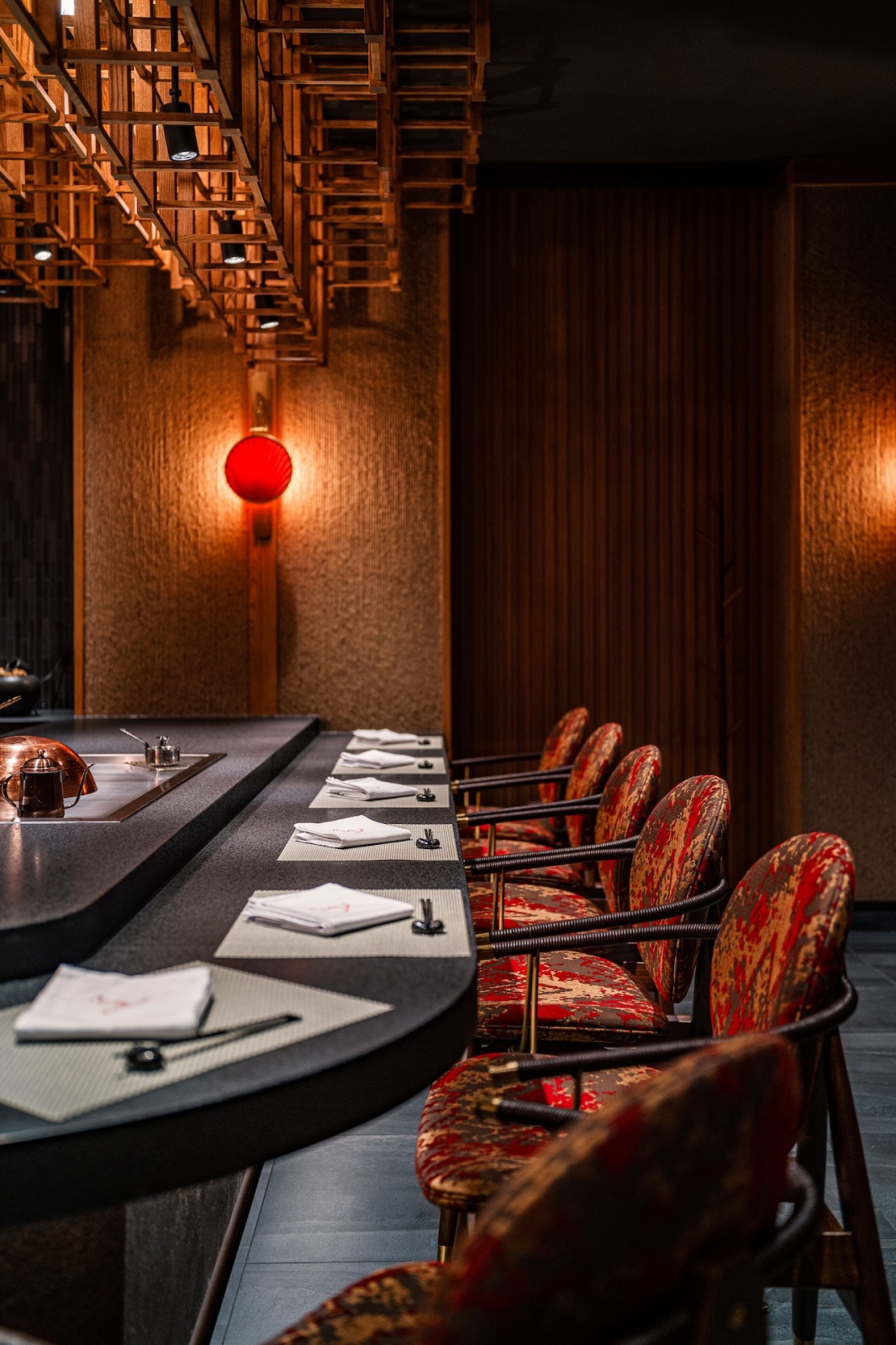
2024 香港設計獎 HONG KONG Design Awards – 室內設計 – 餐旅 – 飲食 Interior Design – Hospitality – Eat & Drink – 金獎
得獎連結:https://betterfutureawards.com/hkg24/project.asp?ID=32812
DECO 居家|看見設計,探索世界之美
自 1999年創刊以來,《DECO 居家雜誌》以深度報導與獨到視角,成為華語圈最具影響力的居家設計媒體。我們致力於串聯設計師與品牌,推動美學思維,深受設計大師與業界領袖推崇。
憑藉深厚的專業累積,我們提供國際獎項代辦服務,助力設計師在建築設計獎、室內設計獎項、酒店設計競賽與商空設計競賽中脫穎而出,讓卓越設計登上國際舞台。此外,我們關注多元裝潢風格與裝潢設計趨勢,帶來最前沿的美學解析,啟發設計靈感,讓每一個空間展現獨特魅力。
國際獎項代辦報名專線 02 2571-2565


